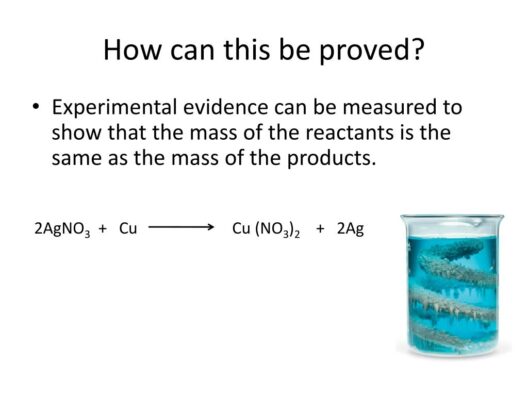In the annals of American history, few moments resonate as profoundly as the 1970s energy crisis. The decade was marred by significant tumult in the energy markets, driven primarily by geopolitical strife and an over-reliance on oil imports. At the center of this crucible was President Richard Nixon, who, in response to the burgeoning crisis, implored the nation to adopt a conservationist mindset.
The backdrop of Nixon’s address was rife with socio-economic upheaval, marked not only by spiraling fuel prices but also by nationwide shortages that precipitated long lines at gas stations. In an era characterized by an incessant thirst for progress, Americans found themselves confronted with an unsettling reality: the very resources that fueled their way of life were diminishing. Nixon’s response to this precarious situation was multifaceted, addressing both immediate concerns and long-term strategies for energy conservation.
In November 1973, Nixon delivered an impassioned address to the American public, encapsulating his vision for a cohesive national energy policy. He articulated a stark message: Americans must reevaluate their consumption habits and embrace energy conservation as a civic duty. “Every American,” he proclaimed, “has a vital role to play in the battle against this energy crisis.” It was a clarion call for each citizen to reflect upon their energy usage and to take proactive measures in reducing their consumption.
Central to Nixon’s address was the notion of collective responsibility. He urged households to adopt simple yet effective measures such as turning off lights when not in use, lowering thermostats during winter, and utilizing public transportation whenever possible. This emphasis on personal accountability signified a profound shift in the national dialogue surrounding energy; it was no longer sufficient to rely solely on governmental measures or external resources. Instead, the onus lay upon each individual to contribute to a larger cause.
Nixon’s conservation campaign extended beyond mere rhetoric. In tandem with his public address, his administration initiated several measures aimed at promoting energy efficiency. The establishment of the Energy Policy Office in 1973 represented a systemic effort to coordinate national energy policies, reflecting an understanding that a multifaceted approach was necessary to combat the existential threat posed by dwindling energy resources. Additionally, Nixon championed the development of the Strategic Petroleum Reserve, designed to fortify the nation against unpredictable supply disruptions.
One of the most salient aspects of Nixon’s strategy was his exploration of alternative energy sources. During this tumultuous period, there was an unprecedented interest in renewable energy technologies. Solar power and geothermal energy emerged as potential avenues for diversifying the energy portfolio. Nixon’s acknowledgment of these nascent technologies highlighted a visionary component of his strategy, seeking long-term solutions to assuage the dependency on fossil fuels.
However, while Nixon’s advocacy for energy conservation was instrumental at the time, the societal reception of his message was a tapestry of mixed sentiments. Many Americans embraced the call to action, adapting their lifestyles in small yet impactful ways. However, a segment of the population regarded this shift with skepticism, viewing it as an infringement on personal freedoms and an overreach of governmental influence. The realization of energy conservation as a necessity often clashed with the prevailing cultural ethos of abundance and consumerism.
As the years progressed, the fervor surrounding Nixon’s conservation campaign waned. By the late 1970s, the nation faced new challenges, including the Iranian Revolution, which reignited fears of oil supply disruptions. This recurring cycle of crisis and response reveals both the resilience and volatility of energy policy in the United States. Although Nixon’s immediate appeals for conservation may have diminished in urgency, the underlying themes of sustainability and resource management continued to provoke dialogue among policymakers and citizens alike.
Fast forward to the contemporary era, the nostalgia of Nixon’s energy conservation ethos echoes amid today’s pressing environmental concerns. Climate change looms as a consequential challenge that necessitates a reconsideration of energy consumption patterns globally. The lessons gleaned from Nixon’s time serve as a poignant reminder of the importance of resource stewardship. The call to conserve energy is as relevant now as it was then, requiring a concerted effort from individuals, communities, and governments.
In summation, Nixon indeed called upon Americans to conserve energy, urging them to recognize their collective power in mitigating the energy crisis. His tenure sparked a moment of reflection on consumption habits, leading to actions that paved the way for subsequent energy policies. Although the context has evolved dramatically, the fundamental principles of conservation remain timeless, urging today’s society to confront the challenges of energy consumption with the same vigor and determination that defined Nixon’s era.
Ultimately, the historical exploration of Nixon’s policies and public appeals invites contemporary leaders to draw inspiration from the past. As the world grapples with environmental degradation and resource depletion, the narratives of past leaders like Nixon provide critical insights into fostering a culture of stewardship and promoting sustainable practices for future generations.








